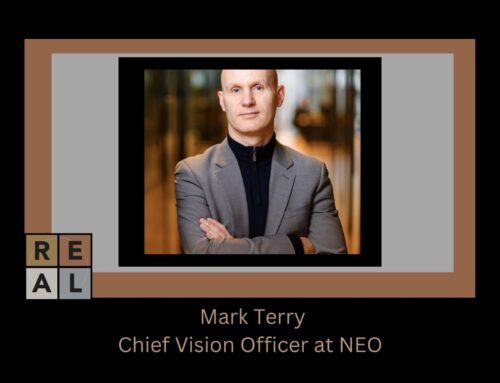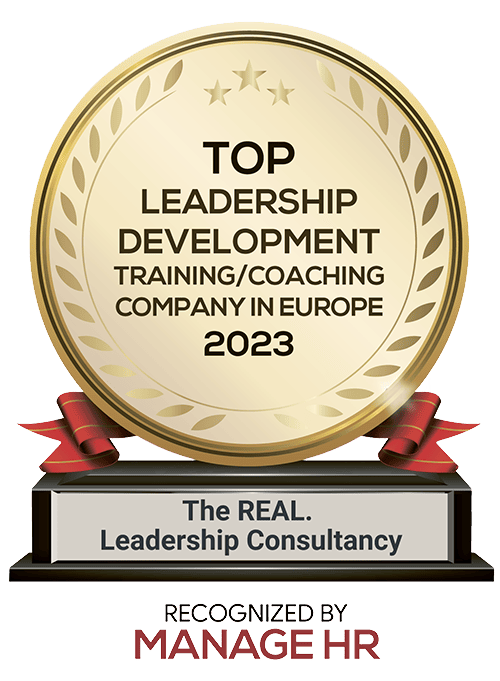We recently spoke to friend of REAL. Leadership Nicola Grant, Founder and CEO of SHe2 Leadership, about the challenges that women face when returning to the office. Now the summer holidays are over and the COVID restrictions relaxed, many people are working in an office, at least for some of the time. What challenges does this present and how can these be overcome with positive and authentic leadership?
In this article Nicola focuses on four key areas that leaders should consider; Inclusion, belonging, skills and mentoring. Read more on how to support women in your business and why diversity is, as always, essential is your leadership planning.
INCLUSION
It’s only an opportunity, if you think beyond diversity: you have to think about inclusion.
The pandemic has really shone a light on the burden that women take on within the home and workplace as well. If women are working remotely, employers and leaders need to really ensure they feel included in the decisions that are made within the organisation, depending on their job role. If you’re not in the office, and you haven’t got good inclusion, then women tend to be left out. Those “office conversations” happen without you. Limiting potential growth with the organisation and progression opportunities etc.
“Diversity is being invited to the party. Inclusion is being asked to dance and belonging is dancing like no one is watching.”
Example: Those in leadership roles need to consider planning for social activities – inviting everyone to give enough lead time for both male and female colleagues to join.
Top tip: For many employees intangible assets are now more valuable than tangible assets.
BELONGING
Belonging is a feeling – to be appreciated, to be respected. The feeling that your voice is heard.
It is also about values and purpose. More and more people now really care about who they work for. They consider whether your purpose or your values are aligned to theirs? If you align with their purpose, they will feel like they belong as well.
Remember as a leader that, although sentiment falls to the employer, the sense of belonging also is owned by the employee. If the company does not align with their values and purpose then it is probably not the right place for them.
Example: When leaders are looking to expand their team they need to think not about culture fit, but about culture ADD. When you’re hiring someone, do they add to your culture? Not do they fit your culture.
Top tip: Culture is defined by the worst behaviour tolerated in an organisation – if you get the culture right people will feel included.
SKILLS
Things are changing. Human capital is much more important than it’s ever been before. That is the real scarcity: highly skilled people in industries.
Put in the right structures to ensure that you can bring in talent, and that means talent from everywhere. Different lived experiences, gender, race, ethnicity. The whole spectrum. Businesses are not moving fast enough and those that do not address the gender issue will be left behind.
Skills are the key message here. Employees learn invaluable skills during time off and leaders should encourage people to bring these skills back into the workplace.
Example: When hiring and putting together a job description, a broader set of skills needs to be accepted. So that time off doesn’t become a “lost year or lost period”. Many are beginning to value broader skills but a lot more work on this needs to be done.
Top tip: having an independent observer in a job panel will really affect the questions asked and how people listen to the answers.
MENTORING
“You don’t know how the interaction that you have will inspire somebody else.”
It is essential that leaders demonstrate that they are challenging leadership in its current form and lead by example. The leadership and culture in any organisation plays a huge part in the type of environments that are present in the workplace.
Historically, people have a work persona and a private persona. But the pandemic seems to have opened up a debate about being more open to bringing your whole Self to work. But, not everyone wants to do this and we need to respect that.
It is a challenge that is important to get right as pushing too hard on your workforce to bring their whole selves, you risk disengaging your teams and many don’t feel comfortable to do so. Compartmentalisation works for many.
Example: What is important in leadership – listening skills, and the ability to connect and to show vulnerability. Historically leaders were “strong and fearless”.
Top tip: To act as a mentor, to demonstrate your vulnerability and being open to learn and listen to a broader audience is critical to successful leadership these days.
If you would like to find out more, plesae head over to the SHe2 Leadership website where you can also buy the first of the series of Wonder Women books, including interviews with women challenging the definition of traditional leadership.
#leadershipskills #lessonsinleadership #leaderchat #leaders #leadershipdevelopment #leadership







